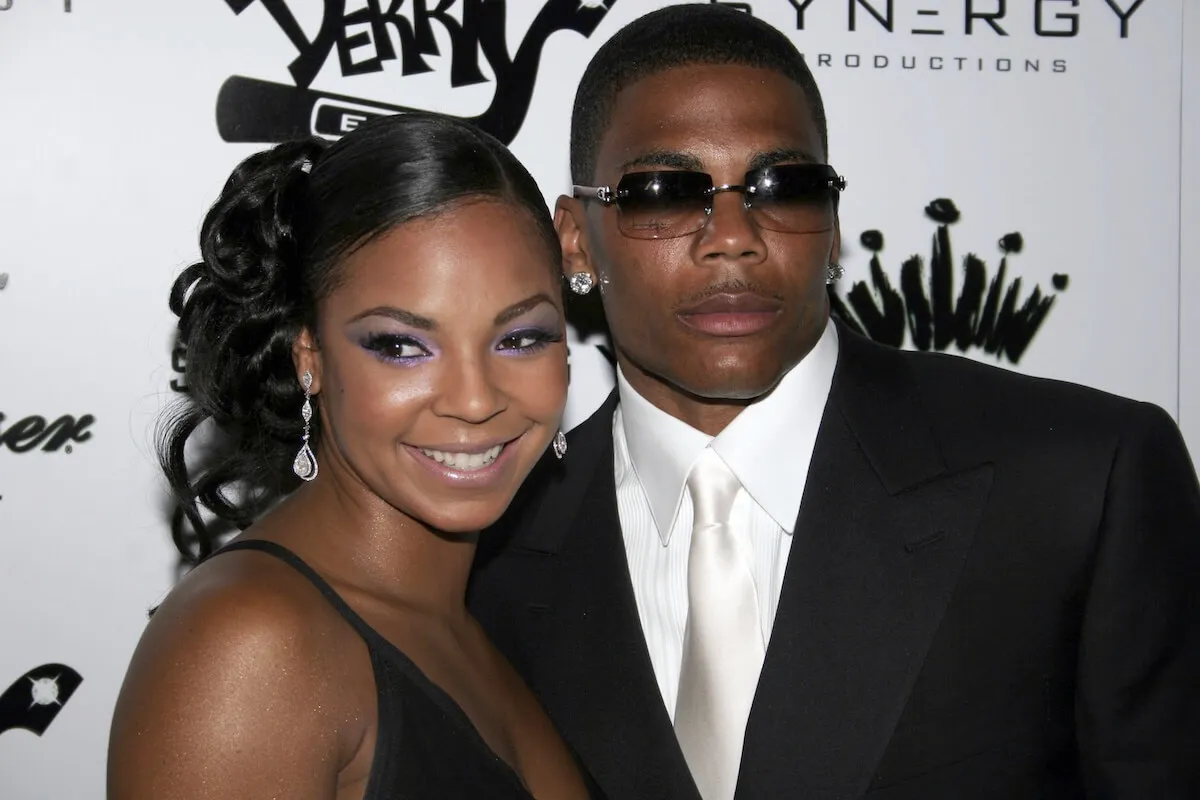‘How I Met Your Mother’: Did Ted’s Narrative Make Barney Worse Than He Really Was?
How I Met Your Mother was like many sitcoms of its time, but it was unique in one important way. It told its main, series-long story using a much different narrative framework than most half-hour comedies. The way the show was presented even raises some questions about whether viewers could really trust the main character’s description of the show’s events. Let’s take a closer look at whether Ted’s narrative made Barney seem worse than he really was.

What was the premise of ‘How I Met Your Mother?’
Much like Friends before it, How I Met Your Mother was the story of a group of young friends living in New York city. They had a series of humorous adventures related to their own personal lives, including mishaps related to work, dating, and relationships. The main characters were Ted (Josh Radnor), Barney (Neil Patrick Harris), Robin (Cobie Smulders), Lily (Allyson Hannigan), and Marshall (Jason Segel).
Each friend represented someone at a different point in their lives. Ted was a single man, unlucky in love, constantly looking for the love of his life. Barney was a carefree bachelor, always on the prowl as a ladies’ man. Robin was single, like Ted, though the two often cross romantic paths — Robin ends up marrying Barney before the two divorced. And Lily and Marshall represent the young married couple, giving that perspective on life in one’s 20s and 30s.
The show often revolved around the friends’ interaction at one specific table at their favorite bar, making it like Seinfeld and Cheers in that way. What really distinguished the show from others like it, however, was the narrative framework used to tell the show’s overarching plot.
How ‘How I Met Your Mother’ told its story
How I Met Your Mother has an omnipotent voice narrating every episode’s story. In real life, that voice belonged to Bob Saget. On the show, the voice belonged to an older version of Ted. The entire show is told in a series of flashbacks, where Ted tells his two kids the story of how he met their mother (reflecting the title).
That means that every scene of the show doesn’t necessarily represent the show’s reality. It’s simply Ted’s interpretation of reality, and how he chooses to communicate that with his children.
When viewed through that lens, it potentially changes the way fans of the show perceive its characters. Are the characters actually the way Ted describes, or are these recreations simply a funhouse mirror version of them as told by an older Ted presenting a story to his kids?
Did Ted’s narrative make Barney worse than he really was?
This question changes the way you may look at the show. Barney is portrayed as the ultimate cad. He dates and beds many women, most of the time with no strings attached.
Digital Spy reported on an online fan theory in which the show’s depiction of Barney isn’t reliable. It could be that Ted is simply making Barney seem worse due to the way he perceives him, and possibly feels threatened by him.
It makes sense. Barney is confident with women whereas Ted is insecure and lacking in self-esteem. That insecurity could certainly bleed over into how he describes Barney to his kids.
One person who agrees with the theory? The man behind Barney himself, Neil Patrick Harris. He said:
“I think that that’s very accurate…Given the story structure, and with [Ted] telling the story to his kids, everything was able to be overdrawn.”
Harris also pointed to the fact that Ted admits within the context of the show to exaggerating many elements of Barney’s personality.
“There’s the crazy things, like when Barney and Robin started dating, and they get tired of each other; in that episode, Barney had gained 75lb, and Robin had her hair falling out and had gaps between her teeth! So Ted’s revisions of the characters are, for sure, proven.”
So there you have it: consider that one fan theory is ultimately validated.


